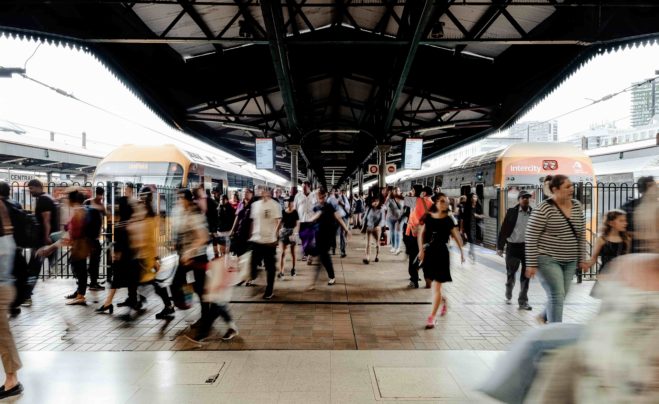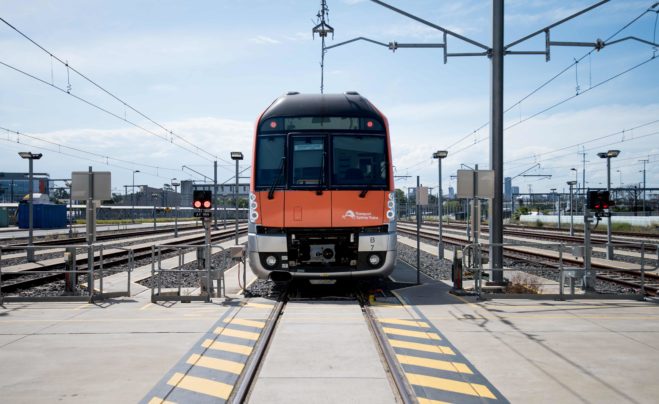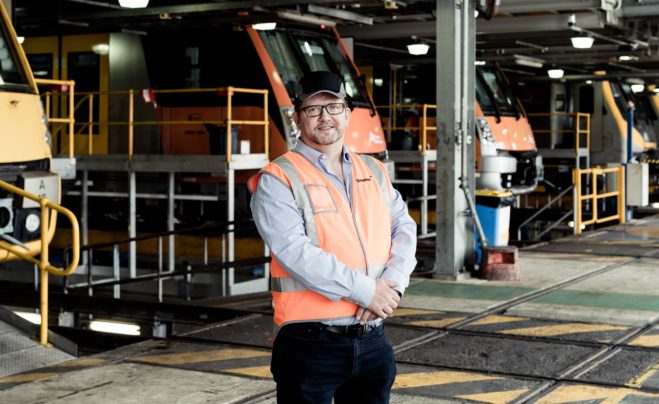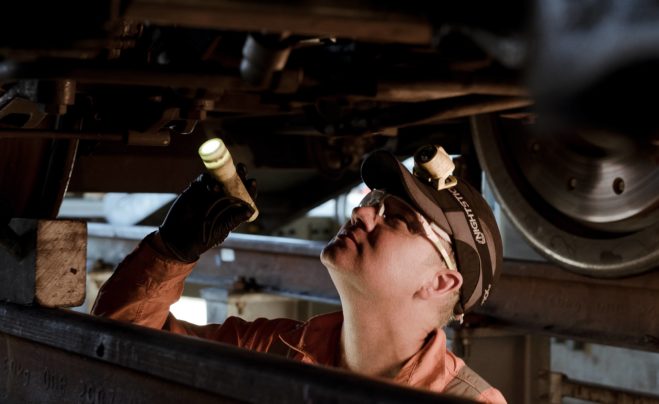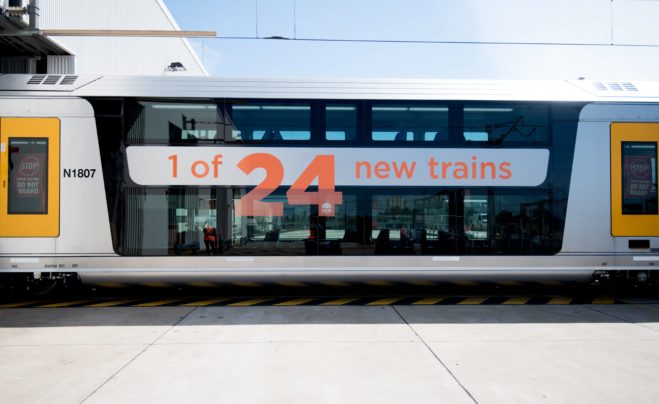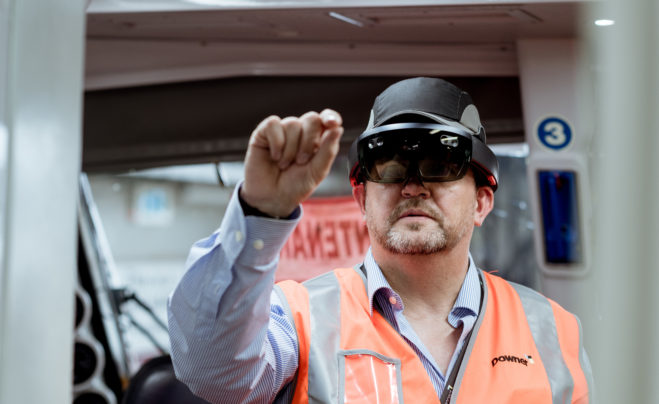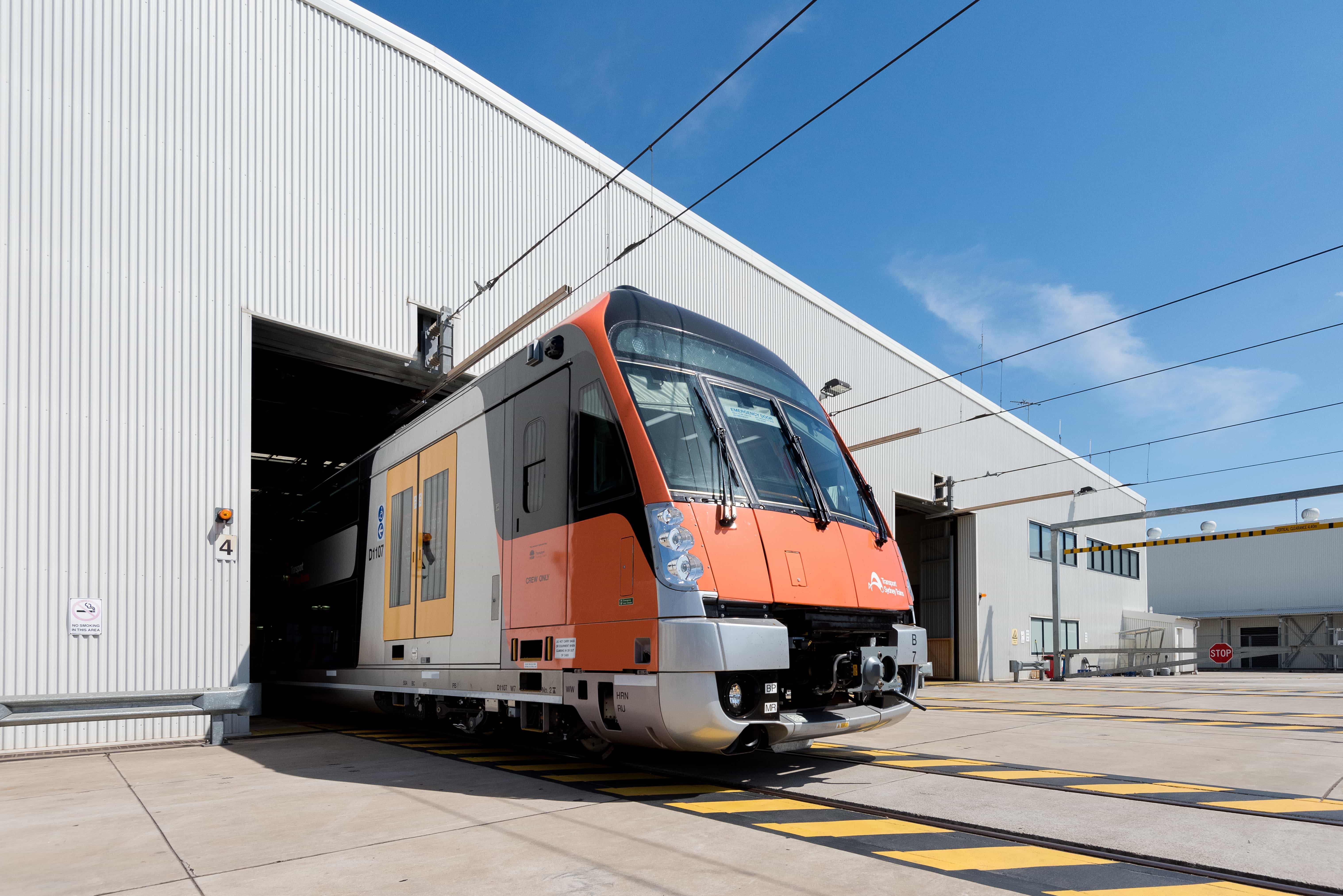
Downer unlocks trains’ digital DNA, boosts safety, cuts cost
Cloud, IoT and AI support predictive train maintenance
SYDNEY – April 16, 2019 – Downer EDI Limited (Downer) has deployed a Microsoft Azure AI based intelligent solution that ingests sensor data from Sydney’s fleet of Waratah trains to allow predictive maintenance and data-driven decision making that it believes will enhance passenger safety, boost public transport reliability and keep tight control of costs over the contract lifespan.
Each train is equipped with over 300 sensors and around 90 cameras. Every ten minutes 30,000 signals are sent from the train to Downer, which holds a 30-year contract with the NSW Government to manage and maintain the existing fleet of 78 trains.
In December 2016 the NSW Government ordered 24 Waratah Series 2 trains under its Sydney Growth Trains Project. The trains are being delivered and maintained by Downer, and in February 2019, the NSW Government announced its decision to order an additional 17 Waratah Series 2 trains for the benefit of the people of NSW.
In what has been recognised as one of the fastest train procurements in the world, the Waratah Series 2 trains have progressively entered passenger service since September 2018 and the initial order of 24 will be delivered by April 2019. The fleet offers improved safety and comfort for passengers due to enhanced air-conditioning systems, more CCTV cameras and improved accessibility. The additional 17 Waratah Series 2 trains are expected to enter passenger service from 2020.
Building on the success of the original Waratah trains which continue to show exceptional performance in terms of reliability and availability, Waratah Series 2 represents a new opportunity to leverage additional sensor data from the fleet.
According to Mike Ayling, General Manager of Digital Technology and Innovation at Downer, the new intelligence-infused solution has transformed the way train maintenance is tackled injecting huge efficiencies and improving the reliability of the fleet for the millions of passengers using the public transport network.
The Microsoft Azure AI based solution, has been rolled out to capture and store the Internet of Things (IoT) data, and use advanced data analytics and visualisation tools to make sense of the information, allowing Downer engineers to make data-driven decisions about train maintenance.
Downer entered into a strategic alliance with Microsoft in 2017 to co-operatively develop and market cloud-based solutions and services for specific industry sectors. The alliance, which sees both parties bring their technology and sector specific know-how to the table, was designed to help accelerate the rate at which transformational value could be unlocked for business.
Downer’s rollingstock services business is one of the first adopters of the Azure based solution, used as the backend for their TrainDNA product
Ayling says that the impact of the digital transformation is already clear and that over the contract lifespan the more intelligently scheduled bogie overhauls alone has the potential to rein in costs significantly.
Tim Young, Executive General Manager – Rollingstock Services, Transport and Infrastructure said; “This is a data analytics platform on steroids. With such massive volumes of data it will allow us to establish trends in relative real time, allow us to predict failures in advance and calculate the remaining life of an asset more effectively.
“The advantage to our customers is that all of this takes place whilst the train is in service without interrupting the operation and at the same time enhances worker safety through the potential of removing high risk inspections. These enhancements in our asset management capability will boost our ability to better predict failure rates and reduce unscheduled down times of our train fleet and in turn result in fantastic outcomes for our customers and our business.”
The new Azure AI solution has transformed the way train maintenance is tackled injecting huge efficiencies and improving the reliability of the fleet for the millions of passengers using the public transport network – Mike Ayling, General Manager of Digital Technology and Innovation at Downer.
Predictive maintenance
Interrogating the data coming from the train means the company can map out the risk of a failure, anticipate any maintenance required and schedule downtime required for that maintenance ahead of time, helping it provide a safe, reliable train, that is on time every time.
The ability to analyse trends across very granular data such as temperatures, outliers in voltages and currents, opening and closing times of doors, means that any small changes in the data can deliver Downer an early alert about what’s going on and what might need attention.
Machine learning and intelligent data analysis means that Downer can predict the likelihood of failures, sometimes months in advance – and schedule preventive maintenance well before a failure takes place. It can also place early orders for replacement parts which may need to be shipped from overseas.
The front end of the solution is an Angular Web App built on top of ASP.NET core services. The solution is hosted through Azure’s Service Fabric ensuring scale and resilience.
The Azure IoT Hub feeds stream analytics into an Azure Data Lake Store and Azure SQL database. Access is managed by Azure Active Directory with Power BI providing analytics and reporting.
Downer’s TrainDNA platform ingests the data and leverages Azure machine learning to make sense of it, but Downer has ensured total flexibility by allowing data scientists to operationalise the algorithms they develop in Python or Julia or R, then containerise them and run them through Azure Batch. It’s this added intelligence that makes the TrainDNA product unique.
Lee Hickin, national technology officer, Microsoft Australia said; “Downer has taken a complex IoT data collection and with the support of Microsoft used cloud and artificial intelligence to extract real meaning from the data and get it into the hands of engineers so that they can schedule and carry out maintenance on time, every time.
“There are clear safety and reliability benefits for the millions of people that rely on Sydney trains every day – and efficiency and cost benefits for Downer. With the Azure foundations, the solution can be continually enhanced adding functionality and new levels of intelligence; Downer is already exploring how it might use mixed reality and the HoloLens to allow engineers to wear a head-mounted device that overlays data, or blueprints on their view of a train supporting them as they go about their workday.
“It is so rewarding to see the results of Microsoft’s alliance with Downer in this solution which heralds a new way of approaching maintenance that could have impact across many other sectors worldwide.”
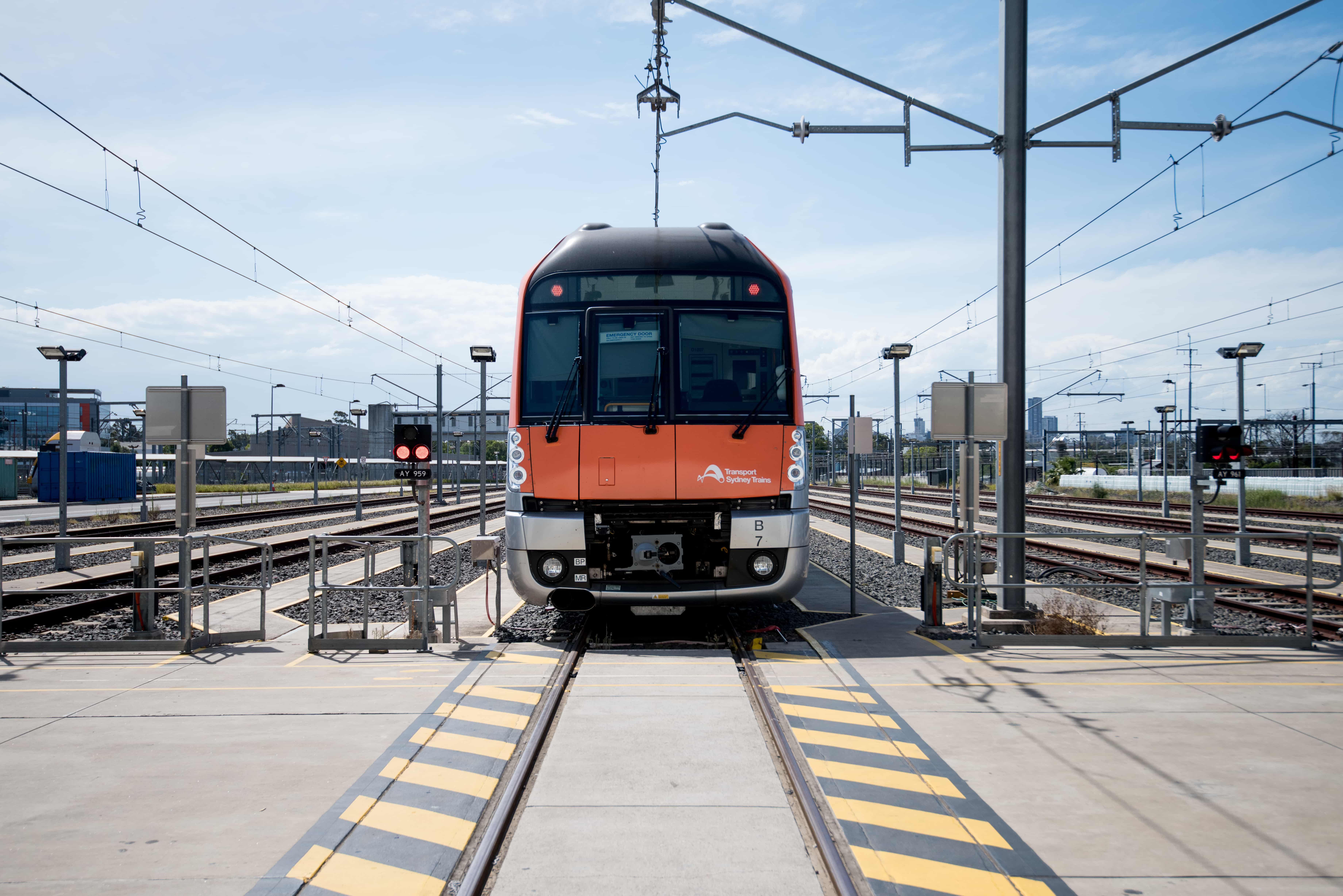
TrainDNA creates trains with brains
According to Ayling; “Essentially these are trains with brains. We’re getting 30,000 signals from each train every 10 minutes. You extrapolate that out, we now have billions of data points since the inception of the fleet.
“We’re using those sensors to tell us about the health of the train – it’s almost like having a blood pressure reading,” which Ayling says provides Downer with the insights it and its engineers need to ensure trains continue to operate correctly and reliably.
“This is an absolute game changer for us in terms of how we operate, and being able to diagnose the trains early, being able to get to them before they fail.”
Downer is also preparing to leverage more unstructured data, such as video from the trains’ cameras, using Azure’s cognitive services API.
According to Ayling; “This automation and digitisation moves us away from being an inspector and maintainer to a differentiated world class asset maintainer, driving condition-based maintenance.”





